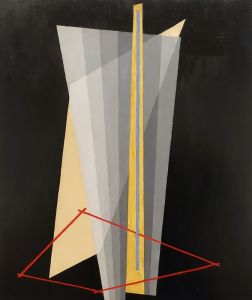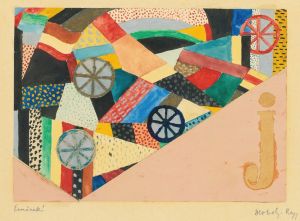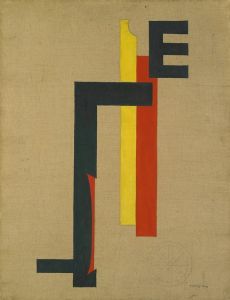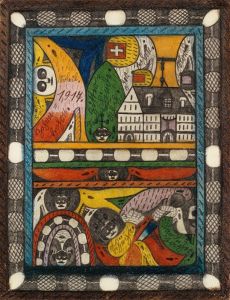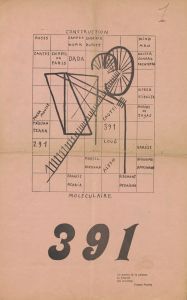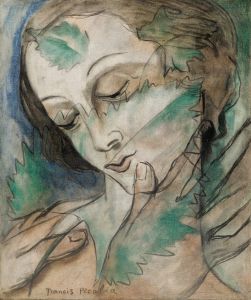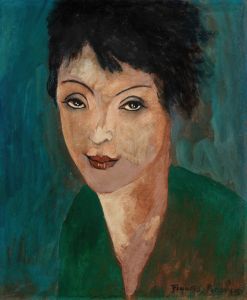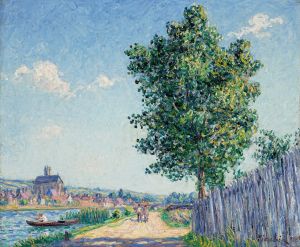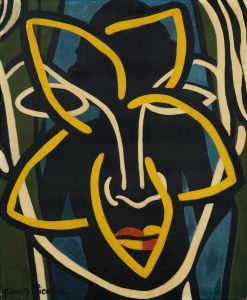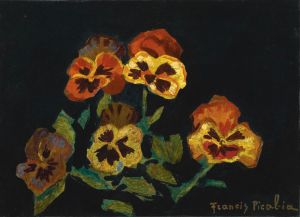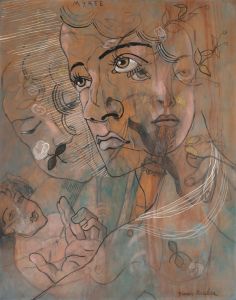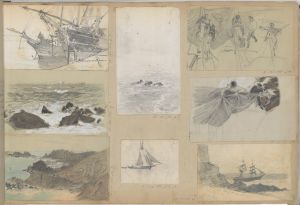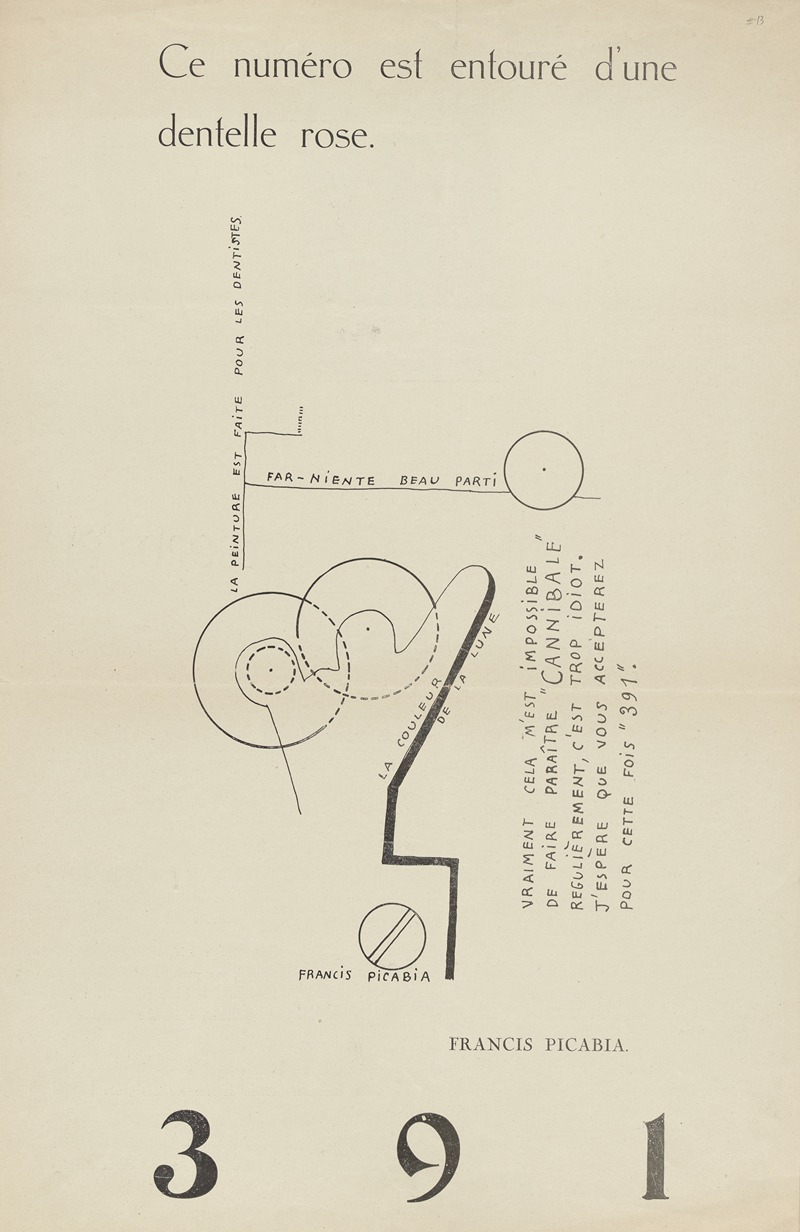
Front cover
A hand-painted replica of Francis Picabia’s masterpiece Front cover, meticulously crafted by professional artists to capture the true essence of the original. Each piece is created with museum-quality canvas and rare mineral pigments, carefully painted by experienced artists with delicate brushstrokes and rich, layered colors to perfectly recreate the texture of the original artwork. Unlike machine-printed reproductions, this hand-painted version brings the painting to life, infused with the artist’s emotions and skill in every stroke. Whether for personal collection or home decoration, it instantly elevates the artistic atmosphere of any space.
Francis Picabia was a French avant-garde painter, poet, and typographist, associated with both the Dada and Surrealist movements. He was known for his diverse and eclectic style, which evolved significantly throughout his career. One of his notable works is "Front Cover," a piece that reflects his innovative approach to art and his engagement with contemporary cultural and artistic movements.
"Front Cover" by Francis Picabia is a work that exemplifies his involvement with the Dada movement, which was characterized by its anti-establishment ethos and its embrace of absurdity and irrationality. Dada emerged as a reaction to the horrors of World War I, and it sought to challenge traditional artistic values and conventions. Picabia was a central figure in the movement, and his work often incorporated elements of satire, irony, and parody.
The piece "Front Cover" is significant in that it showcases Picabia's interest in the intersection of art and popular culture. During the Dada period, Picabia frequently used imagery from mechanical and industrial sources, reflecting the modern world's technological advancements and the changing landscape of the early 20th century. His work often blurred the lines between high art and commercial design, a theme that is evident in "Front Cover."
In "Front Cover," Picabia employs a style that is both graphic and abstract, utilizing bold lines and shapes to create a composition that is visually striking. The work is emblematic of Picabia's ability to merge different artistic influences, drawing from Cubism, Futurism, and abstract art. This synthesis of styles is a hallmark of Picabia's oeuvre, as he continually sought to push the boundaries of artistic expression.
Picabia's work during this period was also marked by his use of text and typography, which he integrated into his paintings in innovative ways. This approach is evident in "Front Cover," where the interplay between text and image creates a dynamic visual experience. Picabia's use of text was often playful and subversive, challenging viewers to reconsider the relationship between words and images.
"Front Cover" can be seen as a reflection of Picabia's broader artistic philosophy, which rejected the notion of a singular, cohesive style. Instead, he embraced a fluid and ever-changing approach to art-making, one that was responsive to the cultural and technological shifts of his time. This adaptability and willingness to experiment made Picabia a key figure in the development of modern art.
Overall, "Front Cover" by Francis Picabia is a testament to the artist's innovative spirit and his ability to engage with the cultural currents of his era. Through his work, Picabia challenged conventional notions of art and paved the way for future generations of artists to explore new forms of expression.





